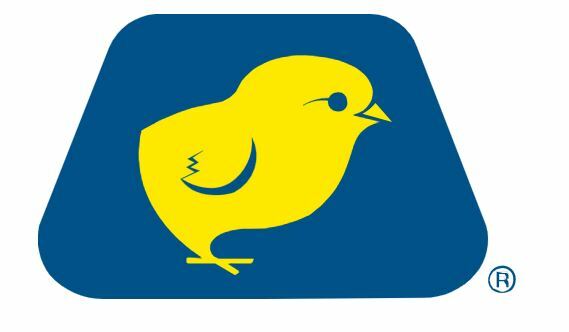



Managing Hy-Line Brown Varieties: Top 10 Considerations
Hy-Line Technical UpdateHy-Line Brown varieties are resilient brown egg layers, known for their adaptability to challenging environments and excellent egg quality, including shell color and size. In markets where egg quality and spent hen value are vital to profitability, Hy-Line Brown breeders excel. Below are the top 10 key considerations for managing these varieties effectively:
Nutritional Recommendations:
1. Brooding Period: During the brooding phase, use a crumble pre-starter diet to ensure efficient nutrient distribution. The cumulative feed intake for this period should range from 200 to 400 g per chick. Proper nutrition in this stage sets the foundation for uniform growth.
2. Growing Period: Focus on building strong bone reserves to ensure longevity in egg production. From 6 to 11 weeks of age, maintain close attention to body weight to avoid uneven growth. Introduce a coarse mash diet with particles sized between 2–3 mm, similar to the diet used during the laying period. The transition from crumble to mash should be gradual, ideally over a 2-week period with mixed feed presentation to help the birds adjust smoothly. Proper growth during this phase is crucial for future productivity.
3. Developer Period: Avoid high-density diets during the developer phase (12–16 weeks) to prevent excessive body weight, which can lead to issues such as prolapse, fatty liver, and higher mortality rates. Keeping the diet moderate in nutrient density ensures healthy development without putting undue strain on the birds.
4. Pre-Lay Diet: Introduce a low-density pre-lay diet with 50% coarse limestone when the first light stimulation begins. This phase should not exceed 10–12 days. Avoid decreasing energy levels from the developer to the pre-lay diet, as this could delay the onset of production. Avoid high-density diets to prevent body weight gain that could lead to reproductive problems. Synchronize the transition from the developer to the pre-lay diet with the start of light stimulation.
5. Diet Transition Based on Body Weight: Transition diets based on body weight instead of age. When the flock reaches the breed standard body weight, immediately move to the next stage of the feeding program. Delays can result in excessive weight gain, which is detrimental to performance and longevity. From 1 to 18 weeks of age, especially between 12 to 18 weeks, body weight should be managed carefully, ensuring it stays within the minimal and average range of the breed standard. Avoid letting the body weight reach the maximum value of the standard range, as this can lead to excessive weight gain and associated reproductive issues later in production.
Management Recommendations:
6. Gradual Reduction of Light Hours: In closed houses, reduce light by 2 hours per week until reaching 10 hours by week 7. In naturally lit, open-sided houses, reduce light to 12 hours. Follow specific lighting programs tailored to your region’s natural day length for open-sided systems (consult www.hyline.com for more details).
7. Timely Light Stimulation: Initiate light stimulation once the flock reaches an average body weight of 1.35 kg with at least 85% uniformity, usually around 16 weeks of age. If uniformity is below 80%, wait until the flock reaches 1.40 kg before starting light stimulation. For closed houses, increase light by 2 hours initially, followed by 30-minute increments until reaching 14 hours. In open houses, start with a 1-hour increase, then proceed with 30-minute increments until reaching 15 hours.
Peak production (96% or higher) should be achieved with 14-15 hours of light. If peak is not reached, extend light by 30 minutes per week until a maximum of 16 hours is achieved.
8. Light Intensity Matching: Two weeks before transferring to the laying facility, increase light intensity. Use cool lights (>4000 K) at 15 lux during rearing, and warm lights (<3000 K) at 20–30 lux during the laying phase. Ensure that the light intensity is consistent between the rearing and laying facilities to avoid premature stimulation and ensure optimal performance.
9. Body Weight Management in Lay: Aim for a weight gain of 300 g (approximately 18%) between 18 and 25 weeks of age. Consistent body weight gain is essential for sustained laying performance. Avoid excessive weight gain during this period to ensure optimal production and minimize risks associated with high body weight.

10. Preventive Egg Size Management: If large egg size at the end of the production cycle is not desired, manage egg size preventively at least 1.5 g before reaching the desired weight, as reducing egg size later is difficult and can harm production. Avoid high-density diets during early lay to prevent excessively large eggs. Monitor feed intake and calculate key nutrient intake (protein, amino acids, linoleic acid, and fat) in relation to breed standards. Low-energy diets can lead to increased feed consumption and higher protein intake, which can increase egg size. Also, be cautious of excessive fat levels in feed, as this can stimulate intake and further contribute to larger egg sizes.










